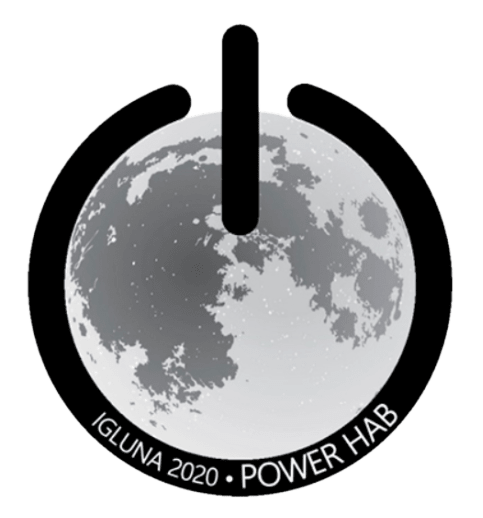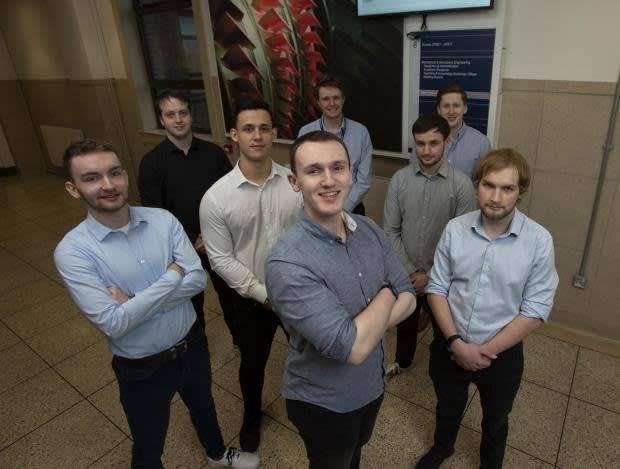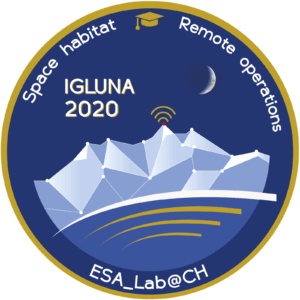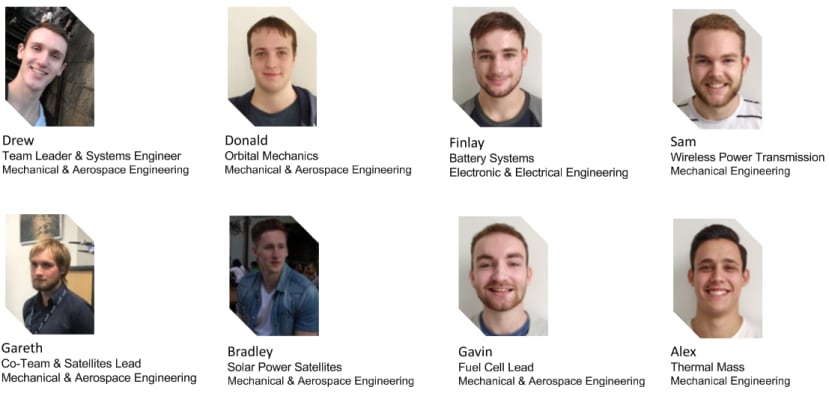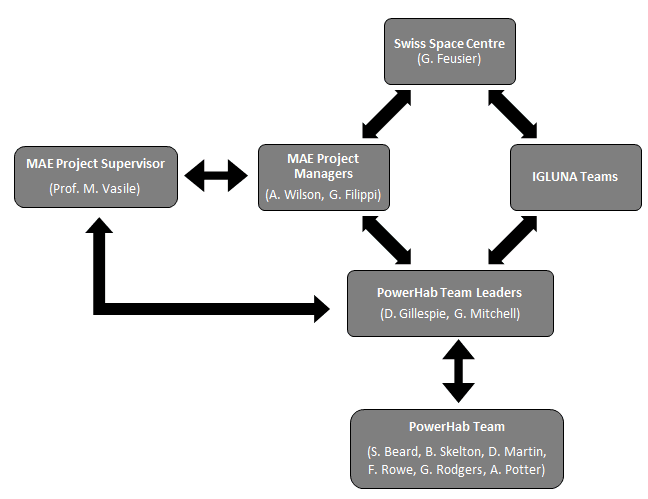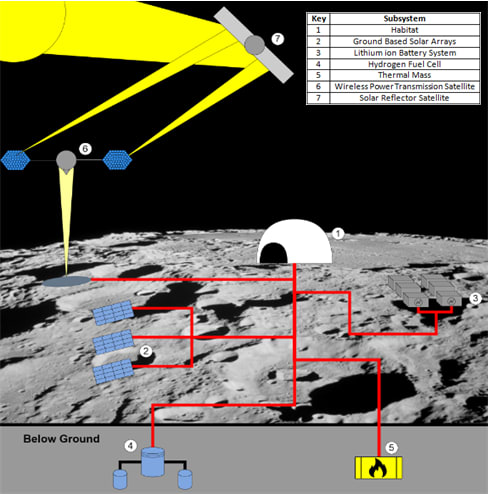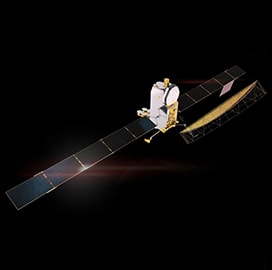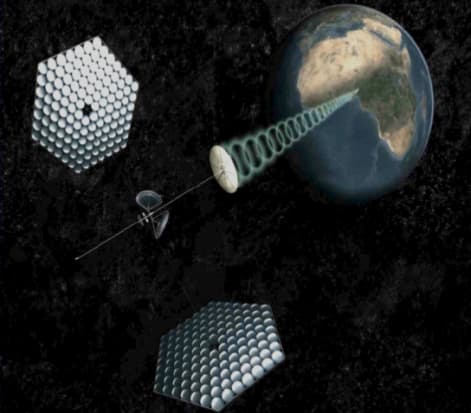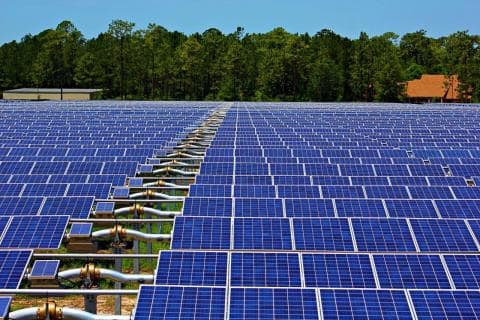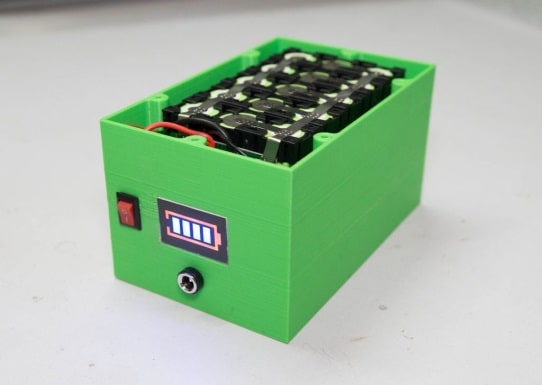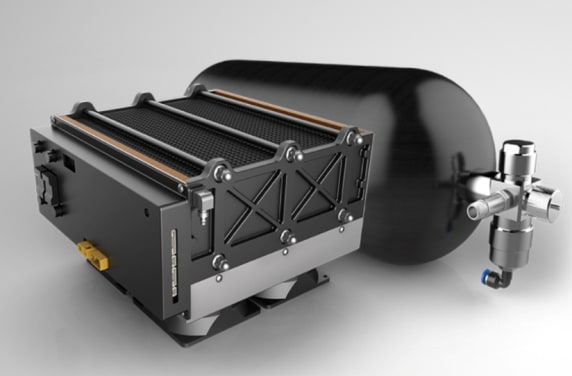PowerHab student team from University of Strathclyde design power system for a lunar habitat
Follow articleHow do you feel about this article? Help us to provide better content for you.
Thank you! Your feedback has been received.
There was a problem submitting your feedback, please try again later.
What do you think of this article?
Who are we?
We are PowerHab, a team of fourth- and fifth-year engineering students from the University of Strathclyde. Supervised by Prof. Massimiliano Vasile, we were selected to participate in the IGLUNA 2020 campaign.
PowerHab’s objective is to develop a system capable of providing a lunar habitat with its required power needs, whilst maintaining resiliency in the harsh lunar environment. To achieve this objective, we have devised a range of concepts which satisfy the issues of power harvest, storage and distribution. We envision constellations of Solar Power Satellites (SPS), with Solar Reflecting Satellites, complementing ground-based solar arrays. The SPS utilise microwave wireless power transmission to transfer the harvest energy to the lunar surface. The Reflector Satellites complement this by reflecting and focusing solar radiation towards the SPS, thereby increasing the irradiance incident upon them and reducing their required array size. To store this energy, we have explored designs for Advanced Li-Ion Battery Systems, Thermal Mass Storage Systems and a novel Regenerative Hydrogen Fuel Cell, allowing both power storage and generation.
What is IGLUNA 2020?
IGLUNA 2020 is an international project launched by the Swiss Space Center (SSC) in collaboration with the European Space Agency (ESA) to allow student teams from around Europe to apply their knowledge in the development of sub-systems for a mock Lunar Habitat.
The purpose of this mission is to demonstrate technologies capable of supporting a manned lunar base, incorporating remote operation.
For the 2019 edition, over 150 students organised in 19 teams across 13 European universities worked on developing a human habitat in ice. Each team focused on a specific aspect of the habitat, combining to produce a long-term solution for human-Lunar habitation.
IGLUNA 2020 started in September 2019 with 16 teams of students from 11 European universities who are developing their technologies over two academic semesters until the final Field Campaign demonstration at the Verkehrshaus – Swiss Museum of Transport and on the Pilatus from the 10 to the 19 July 2020.
The Challenge
As the IGLUNA team responsible for the lunar habitat power system, we have been tasked to design a system that provides 150k watt hours (wh) of energy to the habitat. This value was determined as we wish our system to provide a similar magnitude of power to the International Space Station, with an additional margin for redundancy. This is the key design attribute for each subsystem and will influence all design decisions made throughout the course of the project.
Our Team
Team Members
Our team consists of eight fourth- and fifth-year engineering students from multiple disciplines each tasked with designing a separate component or sub-system of the overall power system as follows:
Team Structure
The PowerHab team works in collaboration with both the Swiss Space Center and European Space Agency who provide coaching and ensure designs are feasible to present at the IGLUNA field campaign. The team also receives academic supervision and assistance from Professor Massimiliano Vasile and his PhD students Andrew Wilson and Gianluca Filippi.
Our Concept
Our power system is designed to provide viable energy generation, storage and distribution to a lunar habitat and incorporate multiple subsystems to allow for redundancy should one subsystem fail. The various subsystems are diverse and explore different technologies to provide a wide range of options for future IGLUNA projects. The overall system design is shown below.
As shown, the designed power system represents a micro grid with numerous energy storage and generation options spread across the lunar surface. The satellites will be constellations to allow for constant coverage and supply to the habitat even during the lunar night.
Each subsystem is briefly explained as follows:
Solar Reflector Satellites
Solar reflector satellites are used to reflect solar radiation onto the PV panels present on the WPT satellites. These reflector satellites will operate using mirrors and track both the position of the sun and the position of the WPT satellite it is beaming too. A constellation of satellites is implemented to allow for constant reflecting of solar radiation to the WPT satellite even during lunar night.
Wireless Power Transmission Satellites
Wireless power transmission satellites are powered via PV arrays which receive solar radiation from both the sun and from the solar reflector satellites. A microwave emitter is then used to beam down energy to the habitat. Rectennas will be present on the lunar surface to harness the microwaves and convert them into DC electricity which can then be distributed either to the habitat or to the energy storage systems.
Ground Based Solar Arrays
The ground based solar arrays are made up of numerous Photo-Voltaic (PV) panels and generate energy from harnessed solar radiation during the lunar day. The cells track the sun across the sky and are angled accordingly to operate at maximum efficiency. The PV panels are connected to a central DC bus and provide DC electricity to the habitat.
Lithium-ion Energy Storage System
The lithium-ion energy storage system consists of multiple battery banks spread out across the lunar surface. Each bank contains multiple modules made up of hundreds of NCR li-ion cells arranged in series and parallel to meet the voltage and current requirements of the habitat. The banks provide DC electricity, are connected to the habitat via high voltage DC (HVDC) power cables and can be recharged via the ground based solar array and WPT satellites.
Hydrogen Fuel Cell Energy Storage System
The regenerative hydrogen fuel cell uses a
proton exchange membrane (PEM) and an electrolyser to produce hydrogen and oxygen from water which can be sourced from craters on the lunar surface. The fuel cell then creates electricity through the transfer of hydrogen electrons which pass through the cell and recombine with protons and oxygen atoms across the membrane. The fuel cell will provide DC power and be buried in lunar regolith to protect the system from environmental hazards.
Thermal Mass Energy Storage System
The thermal mass energy storage system heats up thermal fluid on the moon’s surface by utilising solar reflectors to concentrate solar radiation onto a pipe containing the fluid. From there the fluid is passed into a high temperature reservoir and used to power Stirling engines thus providing AC electricity to the habitat.
Next Steps
The next steps for the team are to design our subsystems and verify them with our academic supervisors and the Swiss Space Center. We are also planning to develop prototypes throughout the next few months as we wish to demonstrate our subsystem principles at the IGLUNA field campaign. We will therefore be carrying out lab work, printed circuit board development, physical and safety testing and software development in order to provide an in depth exhibition at the campaign in July. We will be providing several more articles in the coming months to update interested parties on our progress.


